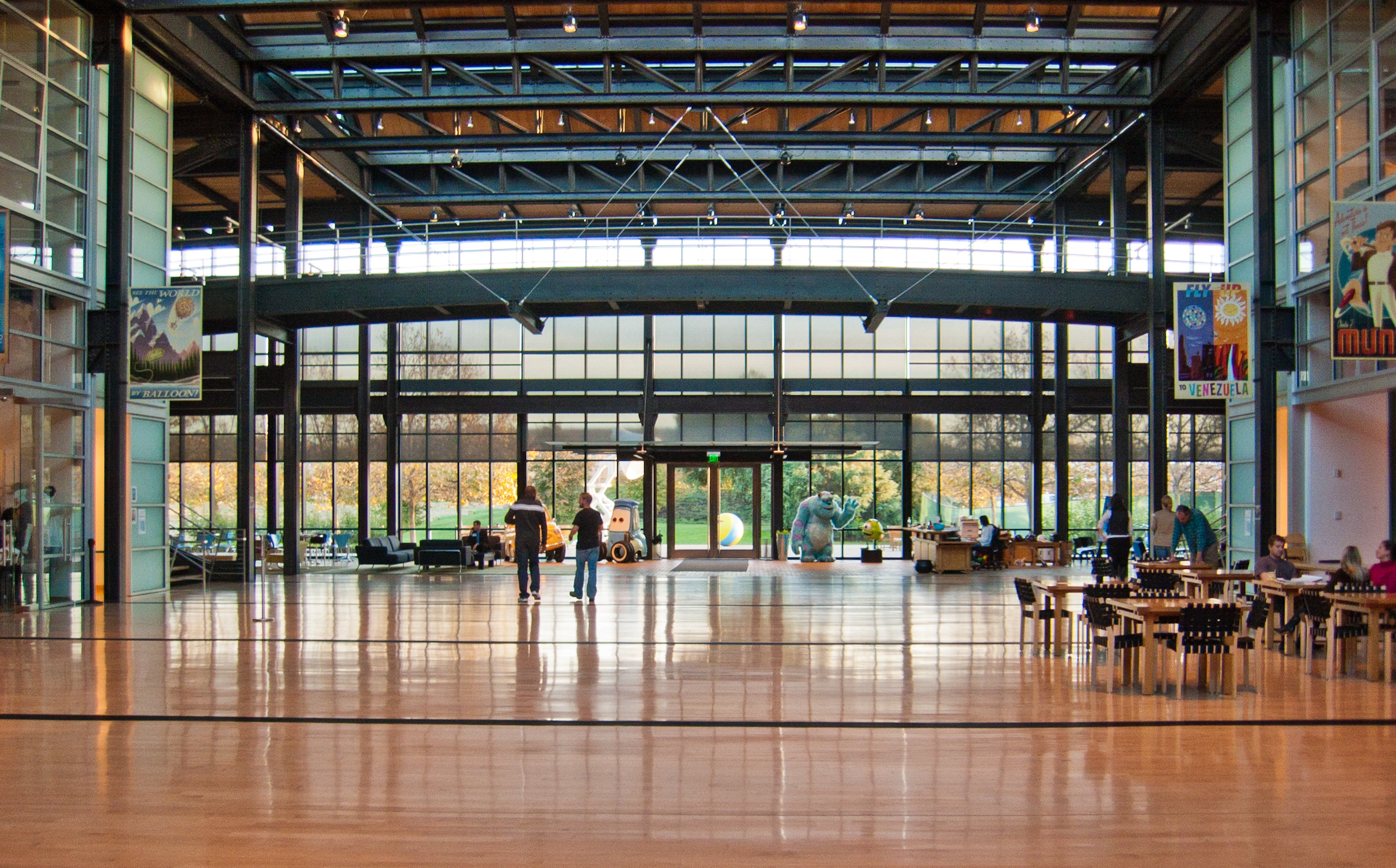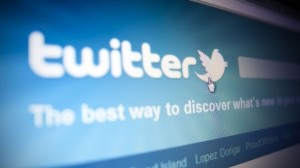In response to Sara Salazar’s blog post about Starbucks’ expansion strategies in China to cater for their tastes, being lived in China for over ten years, I definitely agree that it is an area with great potential of business growth. This fast-developing country has an increase in consumers’ taste for Western foods and drinks, which attracted several companies. Even though China is far from being the largest coffee market, but it has a significant market growth of estimated 10-15% annually.
 Just as Sara had mentioned, Starbucks is facing a lot of competition, one of which is from Costa Coffee. This Britain coffee chain is also catching up with the expansion opportunity, by its tactic of opening as many stores close to Starbucks as possible. Almost all of Costa Coffee’s stores are beside Starbucks, creating direct competitions. Both chains are trying to expand into China with a significant fast pace and aims for high market share. It is then up to the point of differences that they provide, which differentiates them from one another, and is also why Starbucks are applying the new marketing strategies as blogged by Sara.
Just as Sara had mentioned, Starbucks is facing a lot of competition, one of which is from Costa Coffee. This Britain coffee chain is also catching up with the expansion opportunity, by its tactic of opening as many stores close to Starbucks as possible. Almost all of Costa Coffee’s stores are beside Starbucks, creating direct competitions. Both chains are trying to expand into China with a significant fast pace and aims for high market share. It is then up to the point of differences that they provide, which differentiates them from one another, and is also why Starbucks are applying the new marketing strategies as blogged by Sara.
Sources:
http://www.china-briefing.com/news/2013/10/09/chinas-coffee-industry-is-brewing.html











